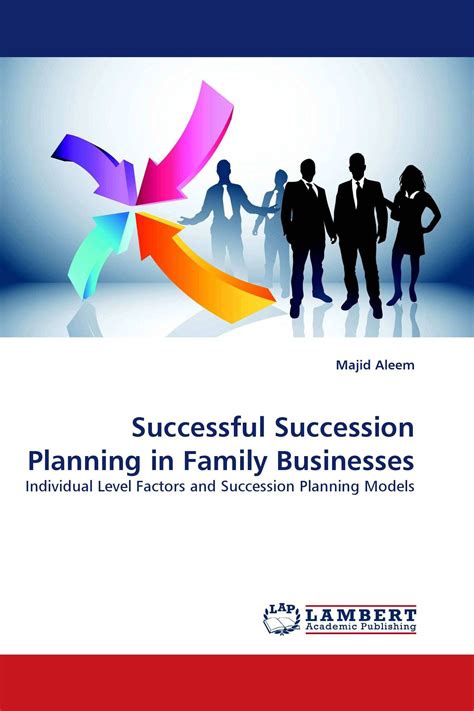When a family member suddenly passes away, handing over a family-owned business can be a labyrinthine task obscured by emotion, market complexities, and logistical challenges. Many solo business owners meticulously build their enterprises over decades but falter in their succession planning. The sudden death of a patriarch who had been contemplating a sale and grappling with a succession plan poses a multifaceted dilemma. It’s not just about operational continuity; it’s also about protecting the legacy and ensuring employee welfare.
The case of the author’s story highlights a critical issue where the father had been in touch with buyers and seemingly had intentions of selling before his sudden demise. Yet, without a formalized plan, the burden fell unexpectedly on his kin, far removed both geographically and professionally from the core operations. This underscores a pervasive issue that small and medium-sized enterprises (SMEs) face globally—misjudging the complexity and difficulty of an outright sale. Many believes they can command valuations based on theoretical or emotional assessments rather than market realities.
Analyzing the landscape of buyers, it’s evident there’s an entire industry composed of opportunistic acquirers who often prey on these vulnerable businesses. These firms typically offer low valuations, knowing that grieving families might opt for immediate, albeit undervalued, liquidity rather than navigating the stresses of running or selling a business they’re unfamiliar with. These bottom feeders walk a thin line between strategic opportunism and moral ambiguity, often criticized but equally required for maintaining market cycles.
Indeed, competition among buyers doesn’t necessarily benefit sellers if the market is fundamentally inefficient. Coordinated undervaluing and other tactics maintain suppressed prices, which some commenters argue is an example of systemic flaws rather than individual malfeasance. Meanwhile, others defend these valuations, citing risk and market value as key determinants that sellers must accept regardless of personal circumstances. The valuation matrix is far more complex than straightforward multipliers; it involves understanding market sentiment, industry trends, and the intrinsic value of unique business practices.
Yet, the human element remains compelling. The author’s dedication to ensuring the wellbeing of employees, even amid personal loss and professional upheaval, is commendable. Unlike larger enterprises driven by shareholder profit, smaller family businesses often see employees as an extended family. This reluctance to sell to private equity firms, notorious for stripping assets to maximize returns, reflects a sense of stewardship. It’s a reminder that the custodians of family businesses often prioritize legacy and human capital over mere financial metrics.


Leave a Reply